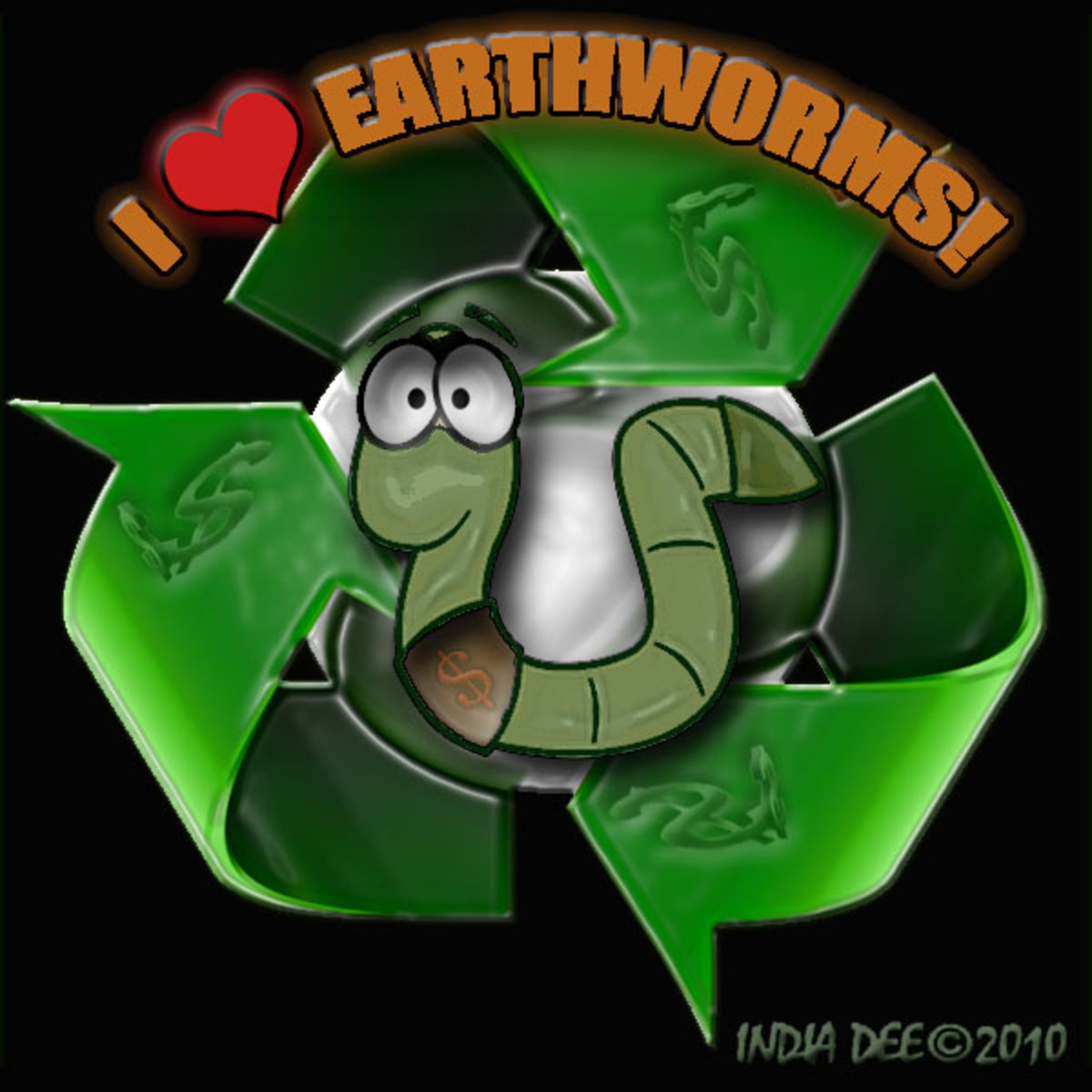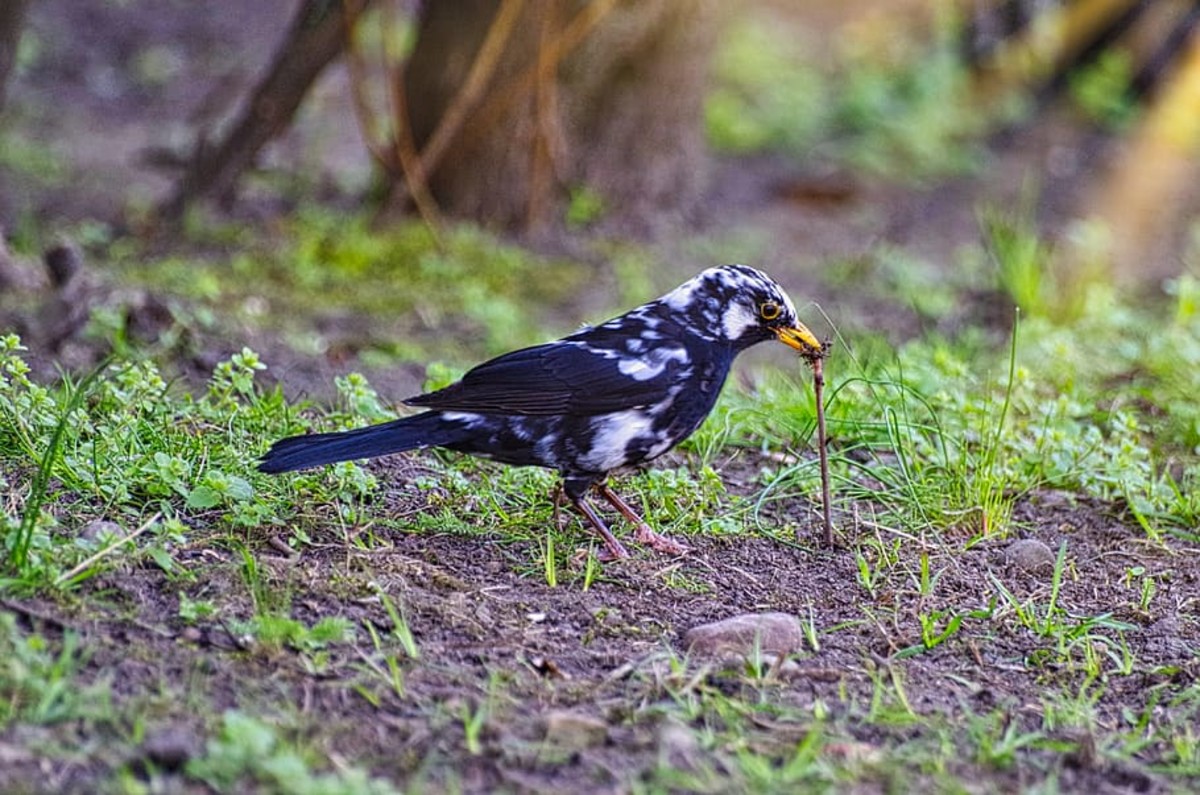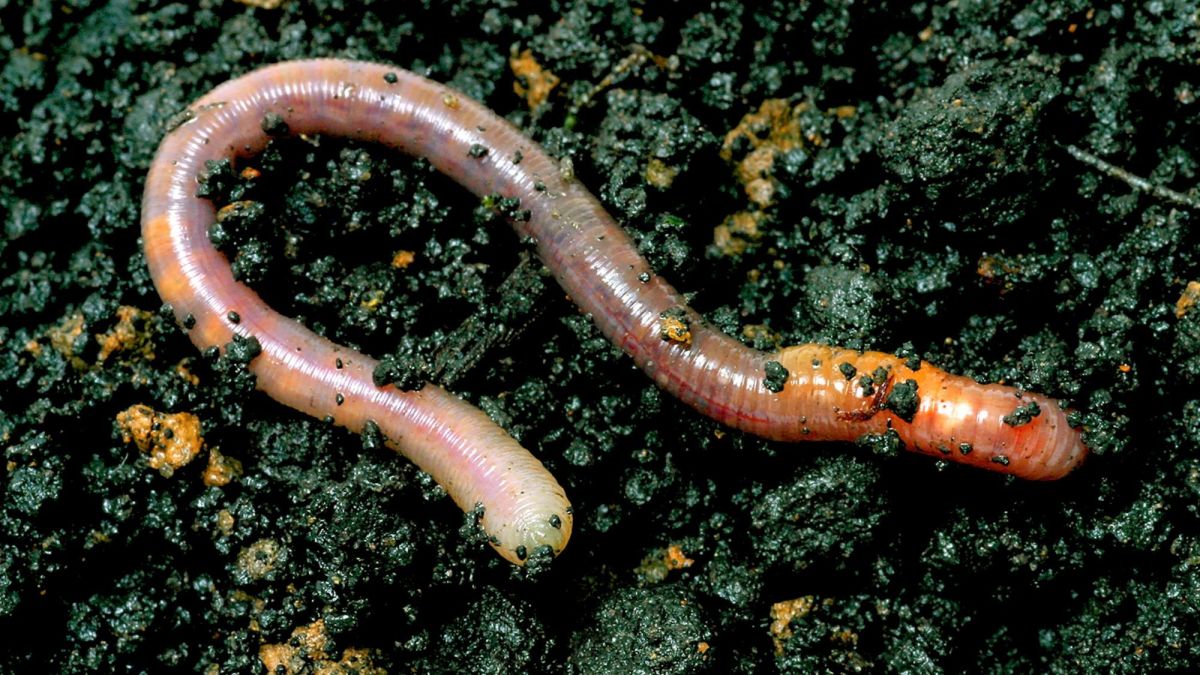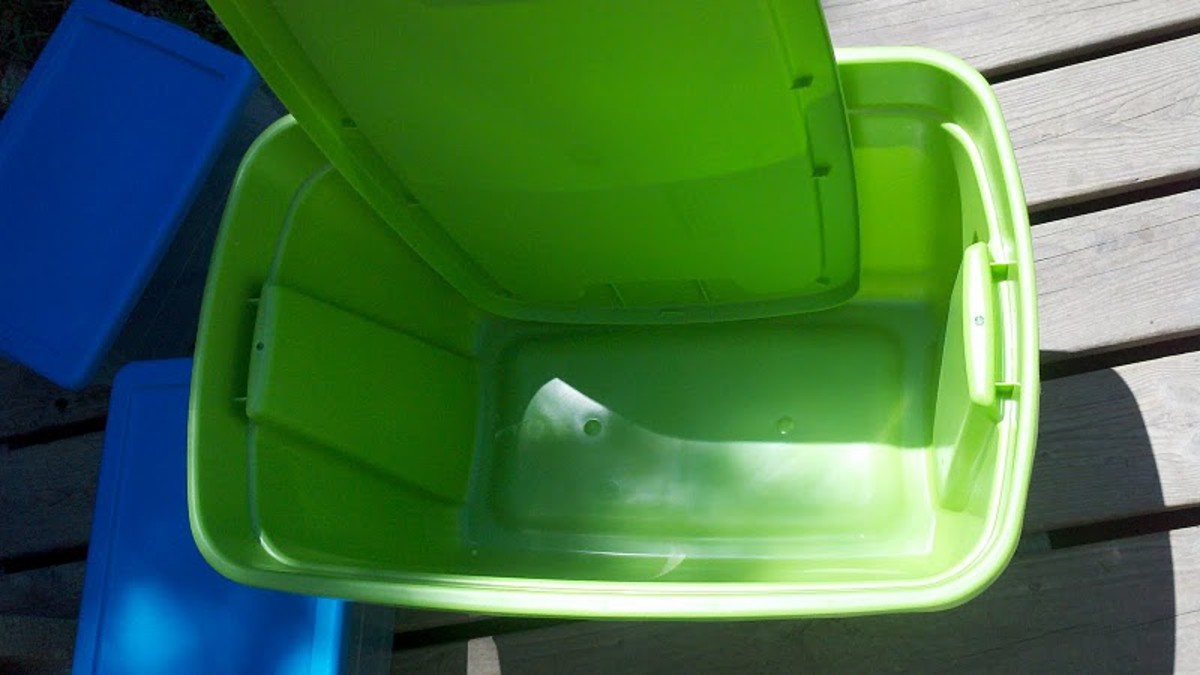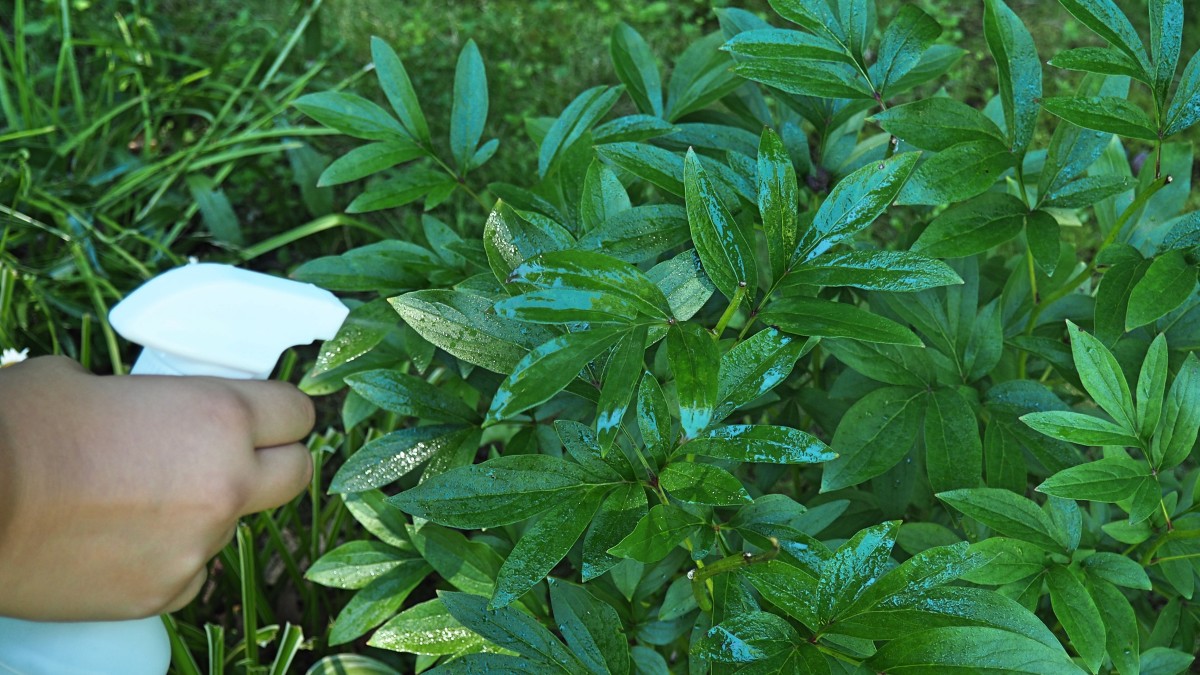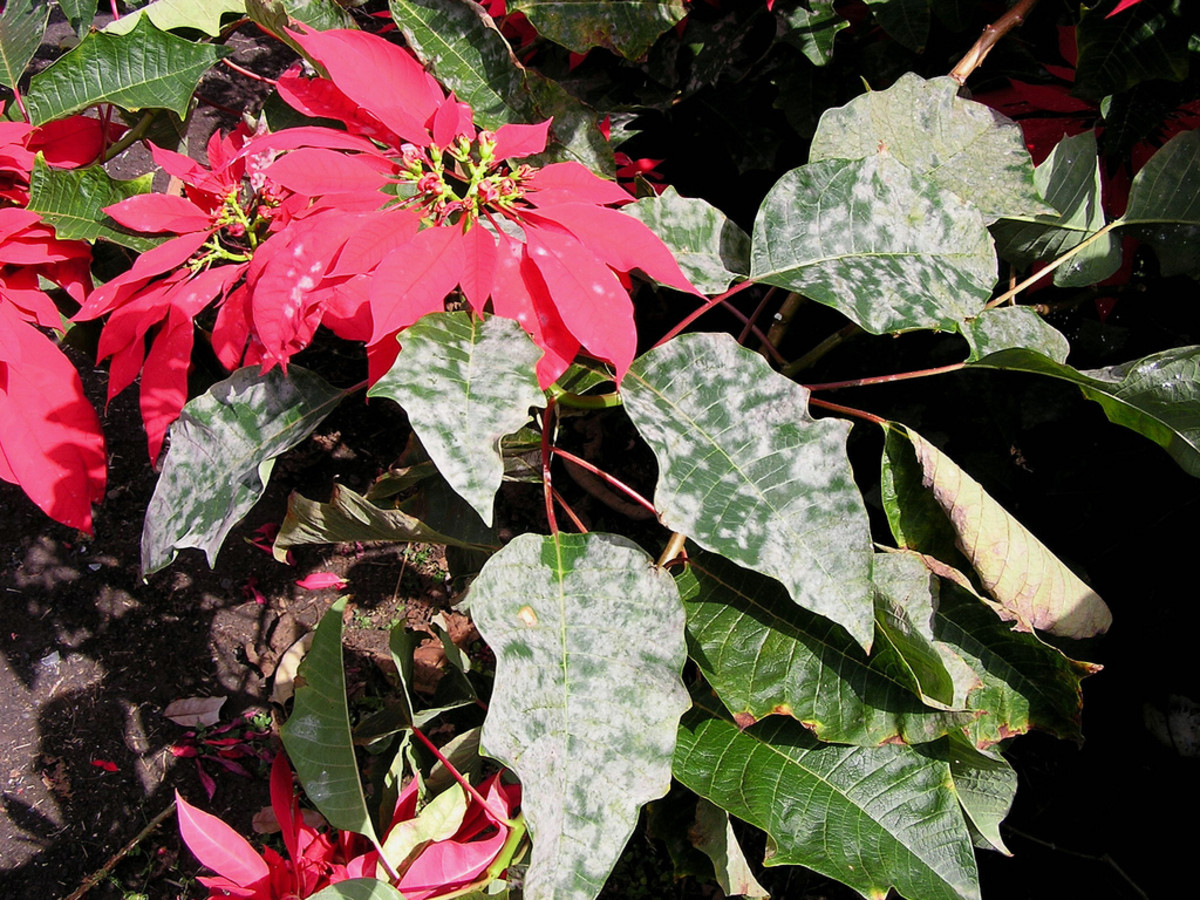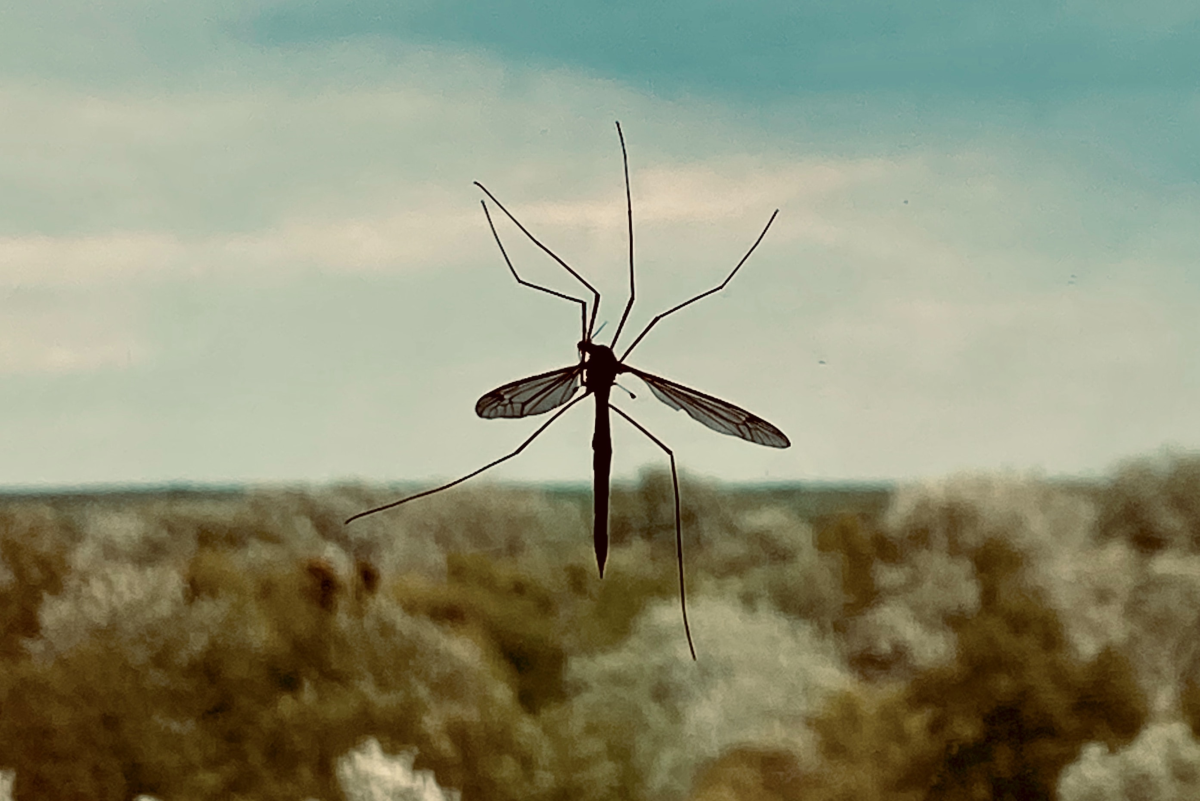Best environmental conditions for manure worms
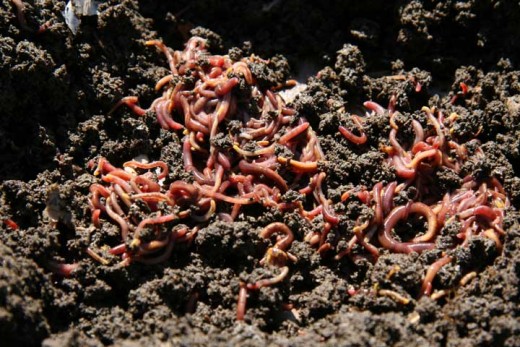
Manure worms in the wild can be found beside stream beds, in rotting logs and other damp rich food sources. Farm manure piles which sit in one place for more than a couple of weeks are seldom without at least a few wigglers. Moisture, mildly warm, constant or controlable temperatures and lots of food are what they like.
Let's take a look at what makes a red worm tick. Viewing the outside of the worm, the segmented nature of it's body is apparent to the naked eye. In the case of E. foetida, each segment is a diffrent color (red then yellow). The worm is much like a tube made up of stacked doughnut shaped rings of mussle tissue which are all connected to each other. The worm moves forward or backward with equal ease but must move forward to eat. It's mouth, which is toothless, must fit around whatever it wants to consume or the substance must me soft enough to be squashed into it. Rocks, gravel, large sand and other hard objects must be pushed aside by the worm or circumnavigated.
Meanwhile, back on the outside of the worm, it's thin and sensitive skin is busy feeling the material through which it is movng. Heat, gravity, light, moisture and oxygen levels, pH balances and vibration readings are constantly being passed on to the worms brain through it's skin, keeping the worm aware of it's surroundings and enabling it to avoid potential hazards. When something in the worm's environment is incompatable with it's comfort or safety, the worm quickly leaves the area and keeps going until it finds a place which is better suited to it's needs ... or dies trying. There are other conditions which cause red worms to leave an area (or at least wish they could). Examples of such things might be; over population, large numbers of egg cases hatching, inadiquate food supply, anaerobic conditions, blooms of insect pests, predators, molds, harmful bacteria or too high or low pH.
The following table shows what's what with the red worm's environmental preferences. Keep in mind that there are extreme conditions in which the worms can live for short periods but which will eventually kill them if they can not escape. Also bear in mind that when cocoons are in less than perfect conditions, assuming that those conditions are viable at all, the resultant hatchlings will be more able to cope while the adults, not born in the bedding, may die. Worms are very adaptable creatures as a group and can be found in all but the worst conditions.
Element
| Acceptable Range
| Generally Best
|
|---|---|---|
Air
| Oxygen is absorbed through the skin water must be present to facilitate the exchange.
| Very aerobic conditions.
|
Water
| 30% -100%
| field capacity, usually about 65% as a lightly wrung out spunge
|
pH Acid / Base Balance
| 5 to 8 sometimes even a wider range
| 6.5 to 7
|
Light
| Little to none Worms "see" blue light best red light is percived but the worms only bearly notice it. Ultra Violet light is not "seen".
| UV light kills worms quickly no light is needed
|
Heat
| Above 32f. Below 90f.
| 60f. to 70f.
|
Food
| Red worms diets and consumptive quantities are dependant upon what their environment is like and what the feed is. Generally speaking, they will eat one half their body weight to 100% of their body weight per 24 hour period.
| Stick to plant materials plant eating animal manures and stay away from meats, oils, fats, pet poop, human excrement and the like.
|
When out in the wild, red worms seldom if ever congregate in population densities like those found in a worm bin. Spread out in the food bearing areas and with lots of room to escape undesirable conditions, they are very much less susceptable to disease, predation and other worm killing problems.
In a box, however, the effect of the worm's environmental conditions are amplified. Dense populations require careful monitoring to stay healthy. This is particularly true when farming the worms or using them in large digesters of the commercial sort. For the individual who keeps a box under the sink to consume the family leftovers, population density within the box will stabalize at an optimal level regulated mainly by the amount of food available. Still, one should keep a weather eye on the conditions within the box by checking the pH level every now and then. Additionally, all the other considerations, including proper drainage, temperature and the like must be monitored now and then and corrected when found to be less than optimal. After a few months of carring for your worms, you will probably be able to see what's up in the box with little more than a glance.



